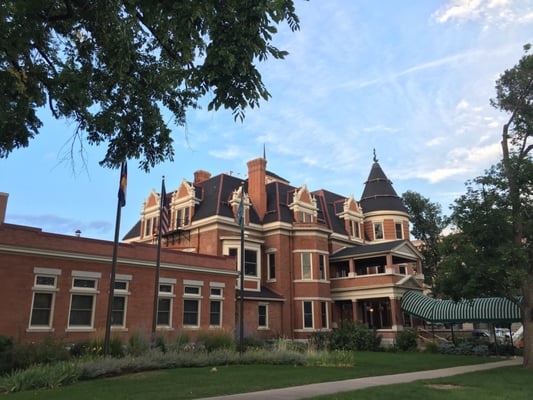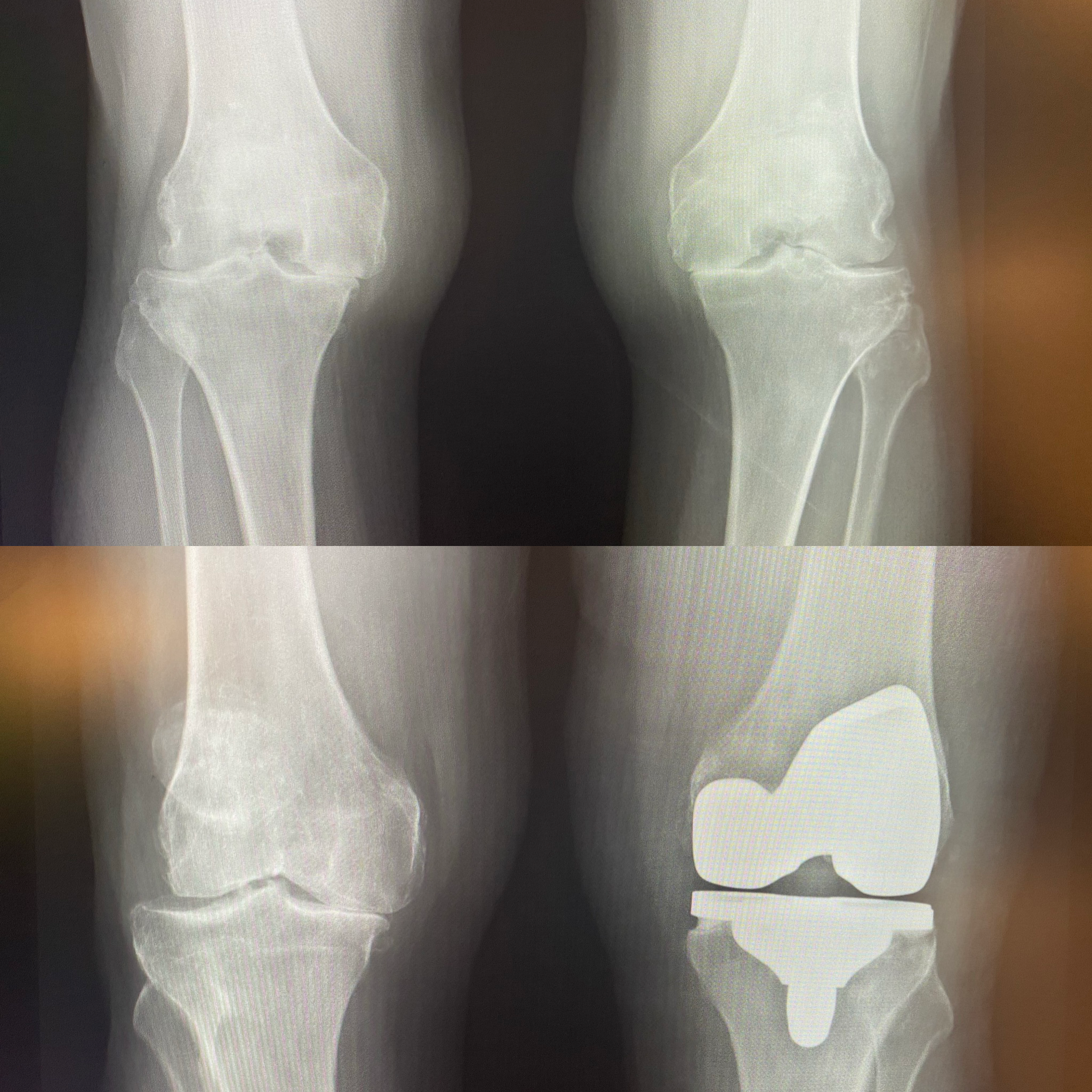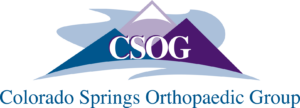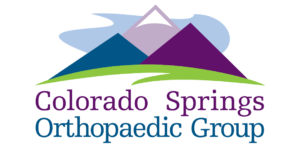My decision to pursue a career in medicine was significantly influenced by my father, Christopher James (CJ) Stringer, MD an early boarded thoracic surgeon who practiced in Lansing, MI. My identical twin Tom and I went off to college as pre-med students through medical school and on to specialty training. Our father provided prospective and surveillance through that process.
The Legacy of Colorado Springs Orthopedics: A Sequence of Events
As told by founding partner, Theodore Stringer, MD
Reflections on a 40 year Orthopedic Practice in Colorado Springs
My site for residency was influenced by the “match” system which included applications and interviews with selected programs and then submission of preferences that were computer matched to the program. The process was concluded at University of Michigan, as students gathered at a local pizza parlor while the Dean reached into a barrel to pull out the envelope that determined at least the next year in the process of training. I had been assured by the Orthopedic Chairman that I would be staying in Ann Arbor, MI. When my match was announced to my second choice in Indiana, I was a bit surprised. This turned out to be a computer glitch, but the match agreement was a contract, and I was compelled to comply. A spot was held for me to start my orthopedic residency two years later. But it turned out that at Indiana, I could start my residency in one year and that became my decision.
Within several months of the start of my orthopedic training, I was offered a job upon the completion of training with a well-regarded private practice in Indianapolis and assumed that to be my path. Toward the end of residency, a former resident called me to recommend a fellowship in Denver, CO with Dr. Mack Clayton in Adult Reconstructive Surgery and Total Joint Replacement. I applied and was accepted, truly a life changer. In the spring of 1980, I gave a talk at the American Academy meeting and was approached after the presentation by a colleague who asked if I wanted to stay in Colorado. He had just turned down a job in Colorado Springs and suggested I make a call. Within several weeks, my trajectory had changed, and we were staying out West.
My first introduction to the Colorado Springs Orthopedic community came within a few days of arrival. In the midst of our actual move, my partner suggested that I go by the El Paso Club and participate in the “Bombers” meeting. This was a nickname for the El Paso County Orthopedic Society and is another story. I was completely unaware of the nature of the gathering or the El Paso Club environment and was significantly underdressed, providing a less than ideal first impression. Undeterred, I was committed to establishing a favorable relationship with the community orthopedists and scheduled individual interview with each one. At one of my early Bomber’s meetings and well before online opportunities were available, I suggested that it would be of value to create an orthopedic community bibliography which included hospital and private libraries for text and journal access. That suggestion became my personal task. This became a community asset and enhanced the comradery of the orthopedic practices.


The Bomber’s meetings evolved to combined social and educational events at a routine frequency of every six to eight weeks. This helped to create a unique orthopedic environment and comradery. Meetings including outside speakers and local presentations such as the “Cuddle-Up” discussions. In the midst of one of our meetings, I suggested that we consider a weekend away event such as a ski meeting hence the origin of the Summit County Orthopedic Seminar which we hosted from 1981-1987. I recall that one of our speakers requested a cadaveric leg for demonstration of surgical techniques. I obtained an above knee amputation specimen from the Medical School and transported the poorly disguised lower extremity to our hotel in Summit County. Carrying it in on my shoulder, I called to my friend and hotel proprietor “Hey Buddy, where’s your kitchen”. He jumped over the desk with “Is that what it looks like?”. I’m not sure what ultimately happened to our specimen after we completed the dissection, but I’m confident we would not be able to get away with that now.
In the early 1990’s, as the number of orthopedists increased, we campaigned for separate status and representation at the hospitals and creating the Departments of Orthopedic Surgery as opposed to a Section of General Surgery. My involvement with Penrose St Francis evolved from Department Chair to Chief of Staff from 1997-1999.
Organizational involvement continued to evolve including positions within regional and national orthopedic societies. I currently serve as the Managing Director of the Western Orthopedic Association.
In 1994, several of our community orthopedists and their practices coalesced into a larger entity titled Colorado Springs Orthopaedic Group that now includes 18 Fellowship-Trained physicians and over 200 employees with two offices and other ancillary entities including Orthotics and MRI. This seems a significant progression from a ‘one-man show’. In 1980, when we had approximately 20 orthopedists in Colorado Springs. We now have over 50 orthopedists.


The familiarity of the Bombers may be diminished but the influence of our orthopedic forbearers persists as a proud legacy for our community. We can embrace our past as we anticipate the future.
Colorado Springs Orthopaedic Group
Founding Partners
David Labosky, MD
David Matthews, MD
Dennis Phelps, MD
George Merkert Jr, MD
James Rees, MD
Kenneth Kurica, MD
Larry Dewell, MD
Milton Waldron, MD
Richard Stockelman, MD
Robert Carlton, MD
Robert Foster, MD
Robert Schutt, MD
Steven Myers, MD
Theodore Stringer, MD
Partners Retired from CSOG
Allen Bach, MD
Bob Carlton, MD – emeritus
Bob Foster, MD
Bob Schutt, MD
David Labosky, MD
David Matthews, MD
Denny Phelps, MD
George Merkert, MD – emeritus
Jim O’Donnell, MD – emeritus
Jim Rees, MD
Ken Kurica, MD
Larry Dewell, MD
Milton Waldron, MD
Richard Idler, MD
Richard Lazar, MD
Richard Pfeiffer, MD
Theodore Stringer, MD
Thomas Mahony III, MD